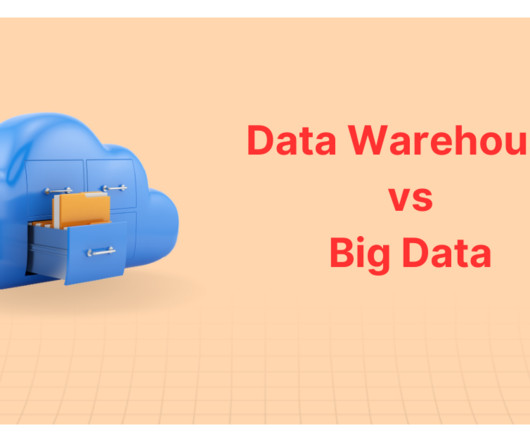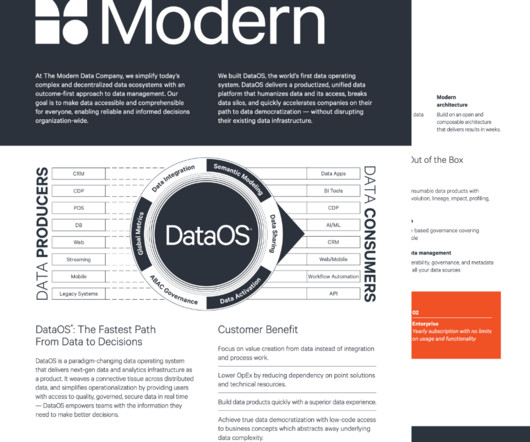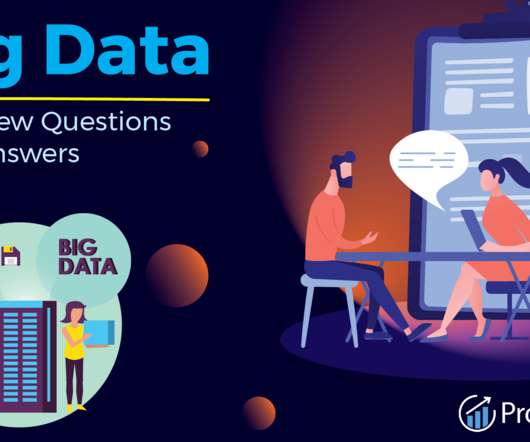A Guide to Data Pipelines (And How to Design One From Scratch)
Striim
SEPTEMBER 11, 2024
Data Collection/Ingestion The next component in the data pipeline is the ingestion layer, which is responsible for collecting and bringing data into the pipeline. By efficiently handling data ingestion, this component sets the stage for effective data processing and analysis.

















Let's personalize your content